The 7th Discover China – 2024 CWS China Wine Summit was held on 18-19 May 2024 in Shanghai. But it was actually the ten years celebration of the event, given that its first edition took place in 2014. Unfortunately, Covid arrived and took its toll in wine-related matters too, so the event had to be put on hold for a number of years. Last year’s edition, the sixth, was the first to follow after the Covid disaster, and hence was a slightly smaller event than usual; but this year the event got back into full swing, with more than 2,000 people attending the day event. The CWS is an event featuring a large tasting salon, a wine competition, masterclasses and a gala dinner. The wine salon featured wines from eight major Chinese wine production regions, nearly fifty wineries and over 400 quality wines available to be tasted directly at the individual winery stands. Importantly, CWS does not accept just any estate, but operates on a pre-selection basis, such that only those estates with a track record of quality wines are allowed in. Therefore, it is not an event where all a winery has to do is pay in order to gain admission. Two masterclasses devoted to the wines of Yantai in the Shandong Province and one highlighting a vertical flight of Xige Estate’s Cabernet Gernischt were led by internationally-acclaimed wine expert Ian D’Agata, who has been living in China for four years and has not just tasted hundreds of wines every year, but has also repeatedly visited the wineries in all regions of the country. The wine competition saw slightly more than 100 entries, divided into sixteen different flights divided by grape variety; the tasting was blind and the judges only received information pertaining to the grape variety the wine was made with. Last but not least, winery owners and technical personnel participated in the gala dinner where the estates that had winning wines in the wine competition received their certificates and medals. It was an honour for me to participate in the blind tasting with the jury, comprised of some of China’s leading sommeliers and wine professionals.
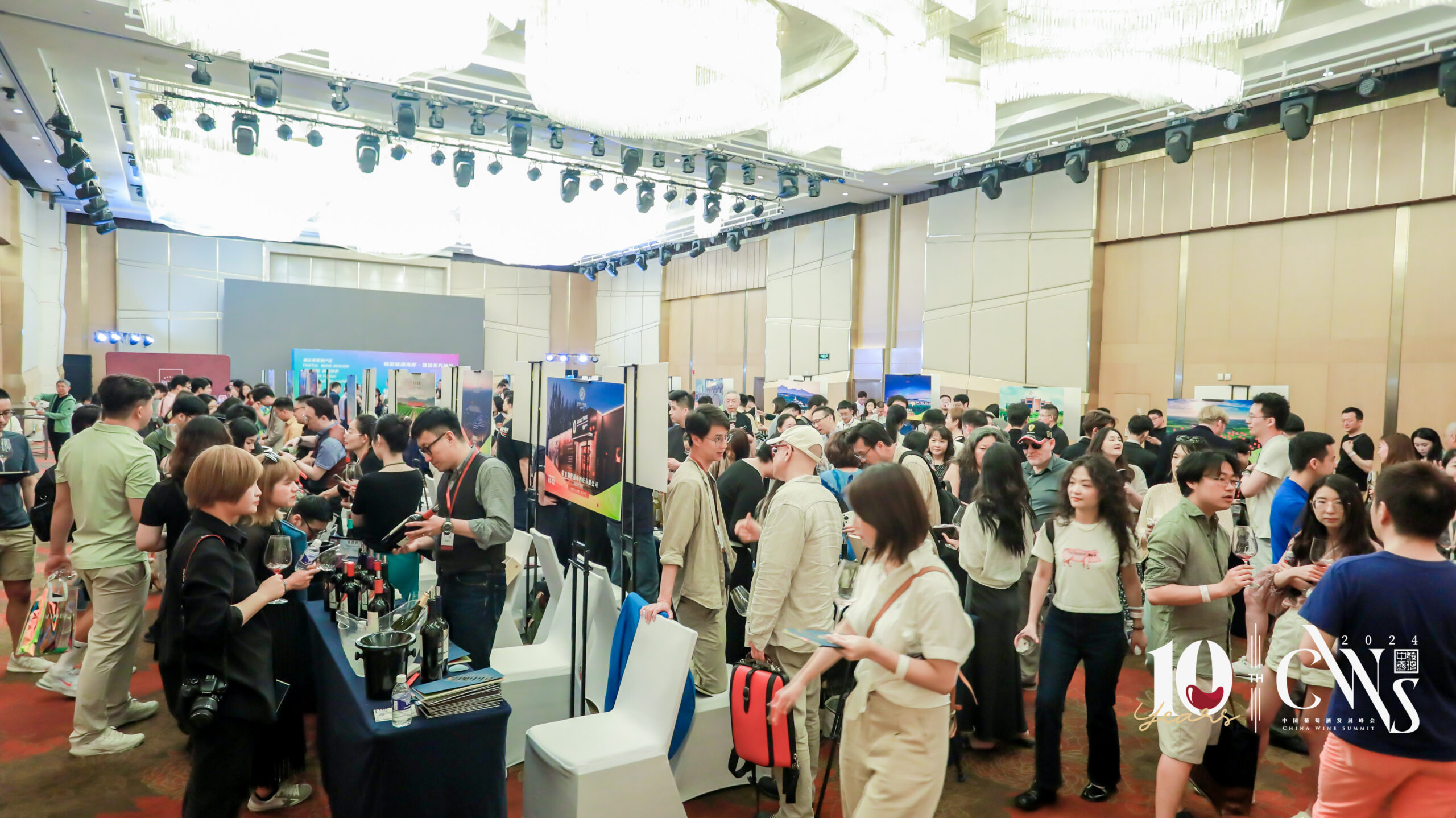
Overall, this year’s edition of the CWS was a great success. During the course of the day, many attendees exclaimed that the quality of Chinese wine has obviously improved rapidly over the last decade, with many more excellent wines than could be found only tend years ago. Any wines were felt to be on par with international reference standards, something that was not routinely the case back in 2014. Another high point of the event, and a selling point for Chinese wines, was the great diversity of the wines on offer: wines were available in all the potential styles (white, pink, red, orange, sparkling, sweet and PetNat) and made from many different cultivars. Wines made both with well-known international grape varieties such as Chardonnay, Cabernet Sauvignon, Merlot, Cabernet Franc, Riesling, Pinot Noir, and Syrah were served side-by-side with wines made from local Chinese grapes such Bei Hong and Rose Honey, as well as famous native and local grapes including Petit Manseng, Marselan, and Welshriesling. The diversification of the grape variety categories is a particularly meaningful part of the wine salon and bodes well for China’s wine future, given that the country isn’t limiting itself to making all the usual wines from all the usual grapes everybody else is also using. Last but not least, some excellent Chinese spirits were also available to taste, especially the Brandys.
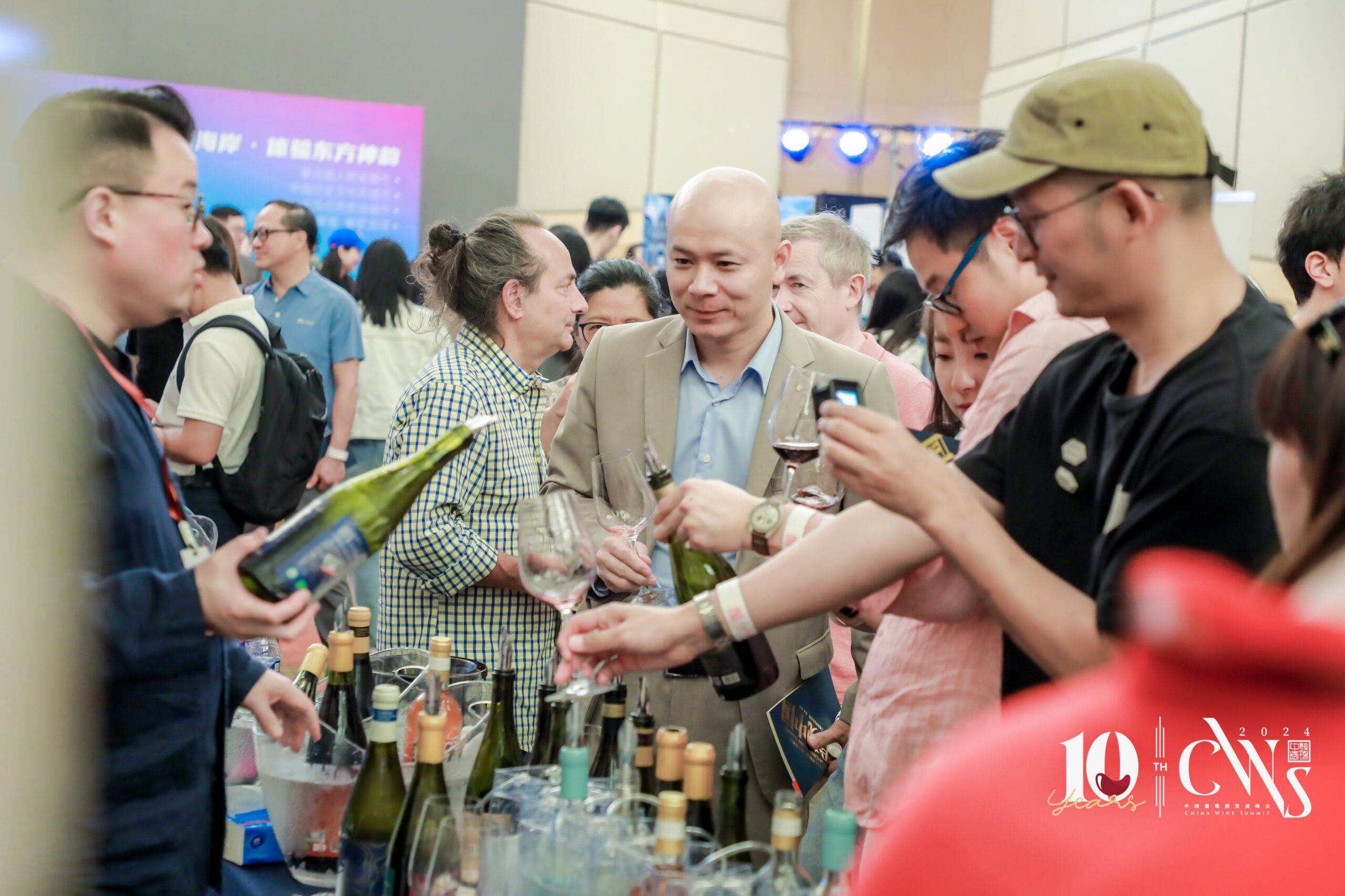
The wines in this tasting report
All the wines in this report were tasted by me either in the wine salon or in the masterclasses of the seventh edition of the China Wine Summit held on the weekend of May 17-18, 2024 in Shanghai. The wines in this report are ordered by score (from highest to lowest) and then, within each similar score bracket, by alphabetical order. All the wines in this report are outstanding and that is why they are included in this article, which is meant to highlight some of the better and most interesting wines I tasted this year at the CWS.
Canaan winery 2022 Blend Chapter and Verse Book of Aromas Skin Contact Huailai Hebei 93
Orange red colour. Open-knit and complex aromas of violet, strawberry and grapefruit are bright, deep and fresh. Then full-bodied on the palate, with a slight youthful tannic presence to its fruity and herbal flavours. Very bright acidity on the long back end nicely extends and focuses the flavours. This is a complicated blend of 33% Muscat Blanc, 31% Pinot Gris, 14% Chenin Blanc, 6% Chardonnay, 6% Syrah, 6% Gewurztraminer and 4% Sauvignon Blanc, but it’s also a remarkably good, clean and perfumed Orange wine that embodies qualities of both white and red wines. Drinking window2024-2028.
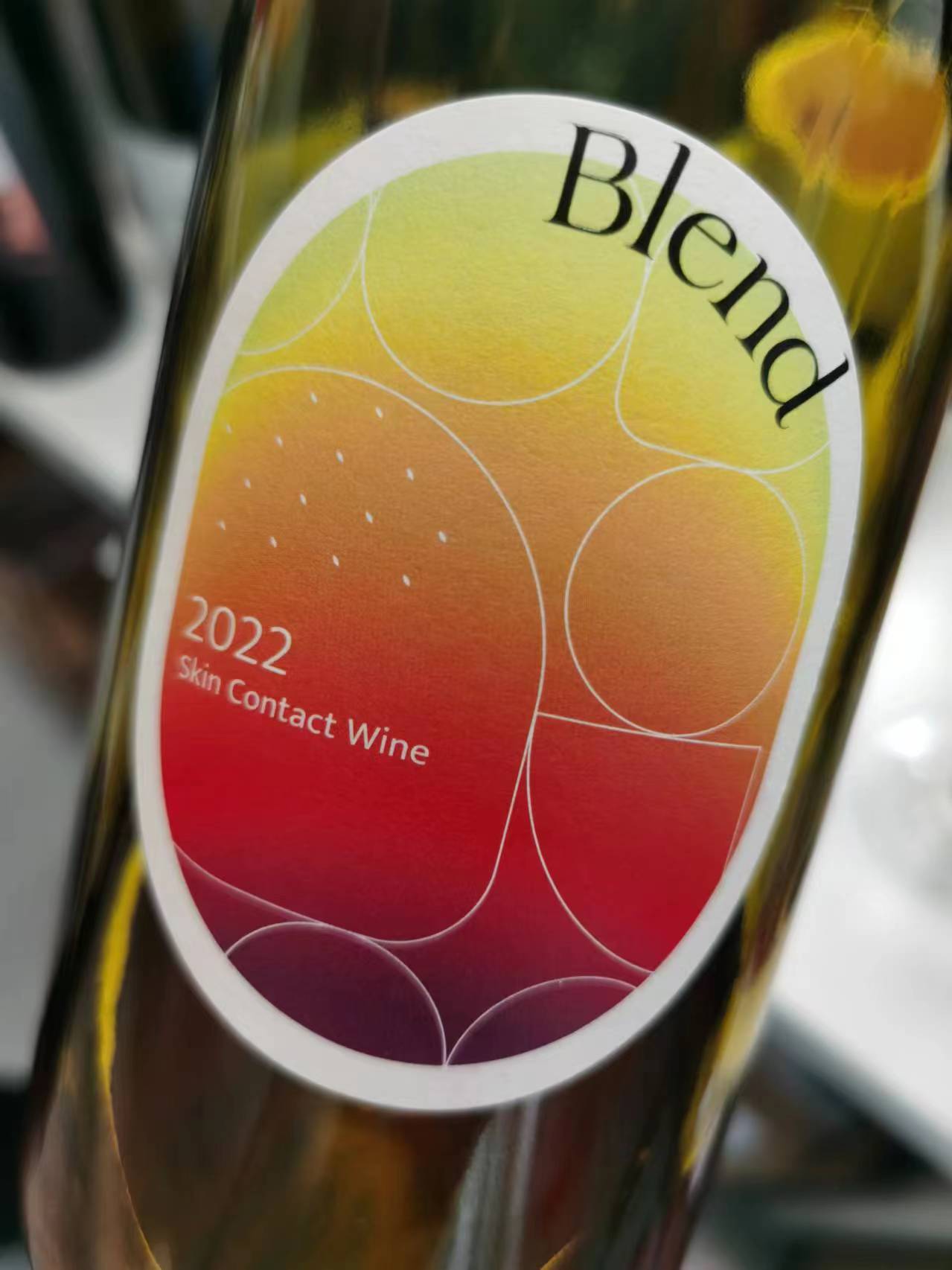
Chateau Hua Hao 2021 Marselan Yi Wan Nian Qingtongxia Ningxia 93
Dark red-ruby. Expressive aromas of dark fruit, sweet spices and potpourri. Well-balanced in the mouth, with dark fruit aromas and flavours that are well-integrated with oak and spice nuances. Finishes very long and smooth. Unlike the 2020 Marselan from this winery, that brings to the fore that 2020 was a year of extreme drought and heat, the 2021 Marselan showcases the traits of a less extreme year, leaving an impression of elegance and restraint behind. Drinking window: 2024-2032.
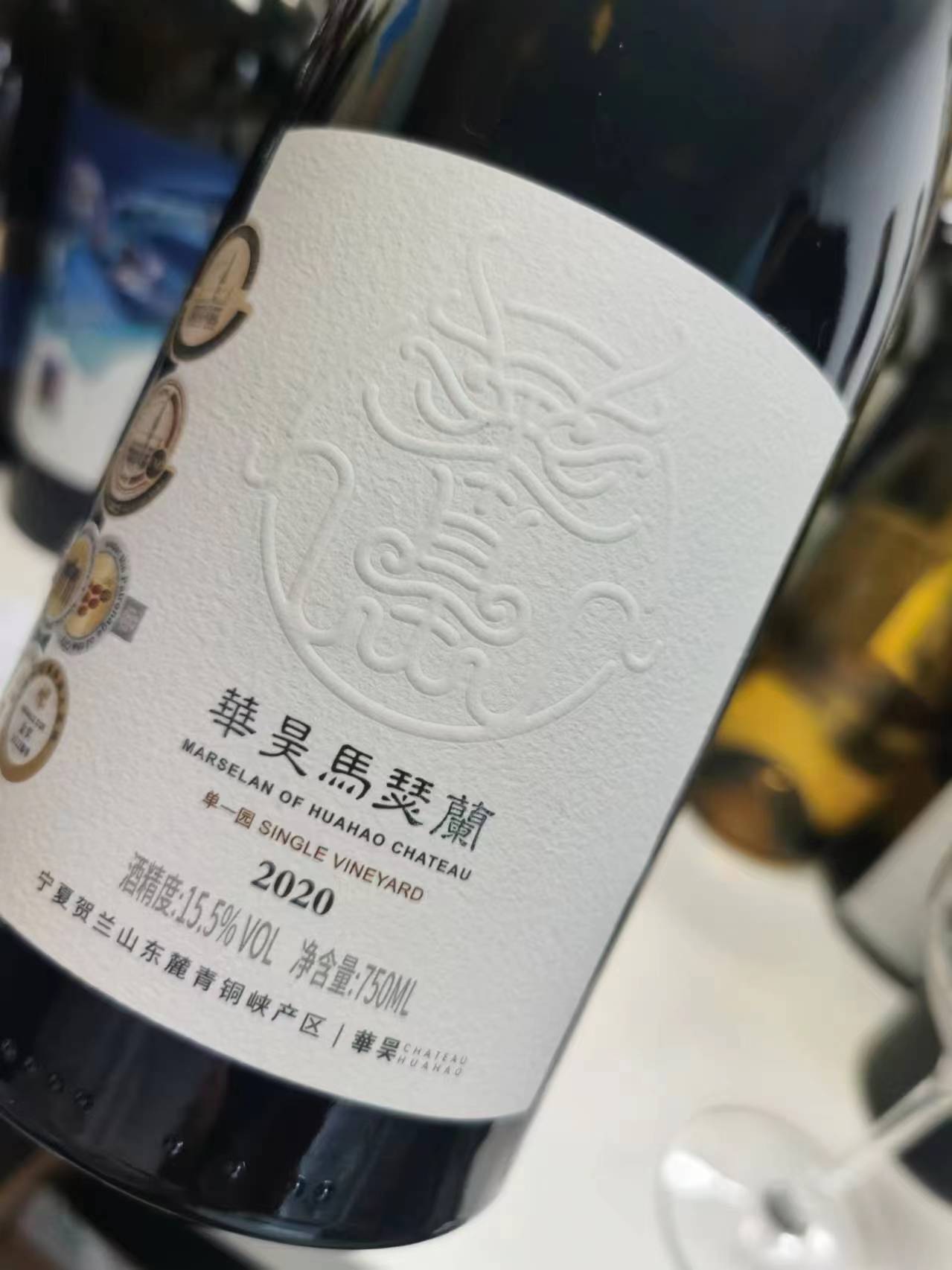
Chateau Hua Hao 2020 Marselan Single Vineyard Qingtongxia Ningxia 93
Deep fuchsia colour. Rich, very intense and concentrated violet floral black cherry aroma, with hints of new barrel oak. Then extremely concentrated in the mouth too, with jammy flavours of dark fruit, sweet spices and a low acid impression but with just enough lift to not tire the palate. The spicy and sweet finish will be enjoyed by those who like New World styles of very ripe red wine. Drinking window: 2024-2032.
Domaine Purple Mist 2022 Chardonnay Feng Fang Shan Beijing 93
Pale yellow. The refreshing aroma of grapefruit peel combines with hints of apple and apricot. Then boasts bright acidity in the mouth lifting the flavours similar to the aromas leaving an elegant and restrained mouthfeel that hints at well-dosed oak. Drinking window: 2024-2030.
Lan Sai Winery 2020 Marselan Lan Sai Yin Chuan Ningxia 93
Amaranth (reddish-pink) colour. A pleasant violet aroma mingles with a hint of elegant oak barrel nuance on the inviting nose. Then black plum and black cherry flavour are sweet and sour, very juicy, and clean. The delicate tannins nicely frame the flavours on the long aftertaste. Drinking window: 2024-2030.
Longting Vineyard 2022 Petit Manseng Sea Breeze Longting Reserve Penglai Yantai Shandong 93
Light golden yellow. Enticing aromas of pineapple, apricot, gardenia, and honey on the nose. Then very well-balanced in the mouth, with a delicate interplay between acidity and residual sugar, highlighting and extending the bright tropical fruit and grapey flavours on the lingering finish. The Petit Manseng is a high-acid grape variety, which retains its acidity even when the fruit is very ripe and so is a grape variety that is well-suited to the warmer Chinese terroirs; and in fact, it has had a great deal of success in China. That much being true, it is remarkable how well the variety has taken to the cooler Shandong province, with this wine by Longting Vineyard almost every year amongst the country’s best wines. Drinking window:2024-2034.
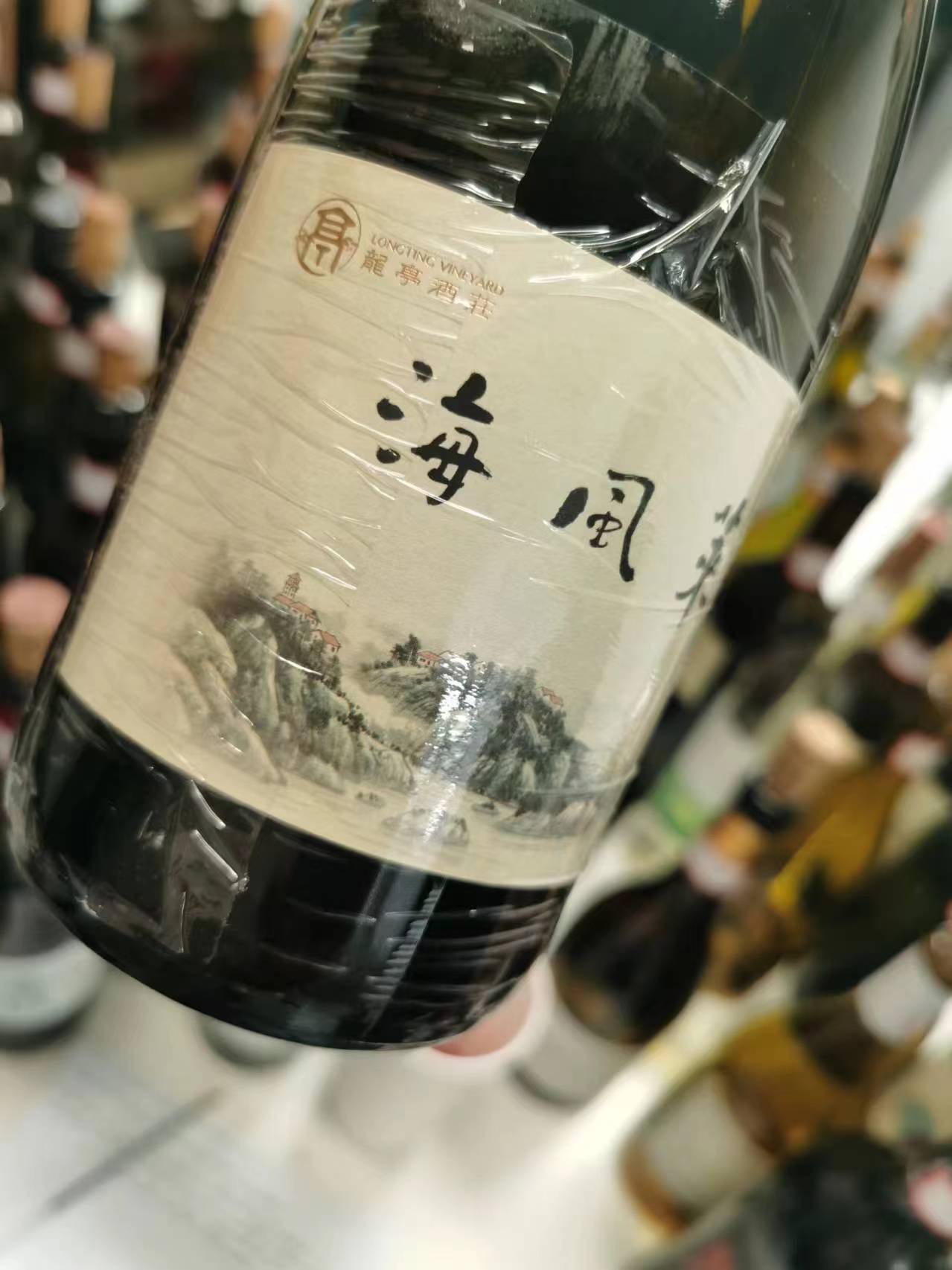
Puchang Vineryard 2021 Rkatsiteli Orange Turpan Xinjiang 93
Bright amber. Very pure and clean on the nose with aromas of ripe fruit aromas such as citrus fruit , mango, peach and apricot, as well as exotic spices. On the palate, the rich and complex candied fruit flavors are complicated by hints of bitter grapefruit peel and caramel popcorn. The long aftertaste is impressive. 100% Rkatsiteli. Drinking window: 2024-2028.
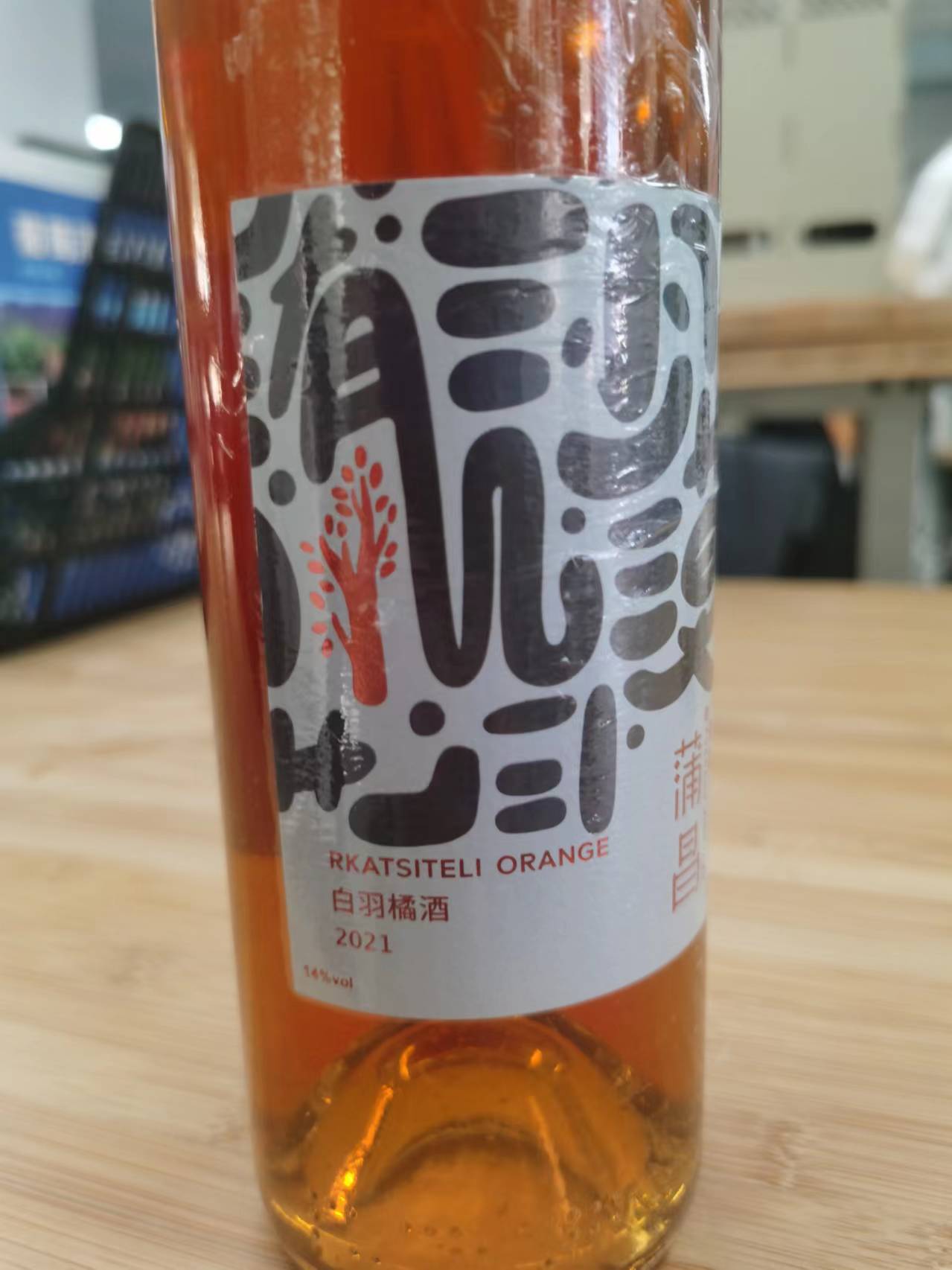
Shangri-La Wines Company 2022 Chardonnay Sacred Legends Shangri-La Di- Qing Yunnan 93
Pale yellow with a hint of green. Rich, ripe fruit aromas of apple and grapefruit, with the enticing combination of beautiful acidity and round body. Some mineral saltiness emerges on the long refreshing finish. Drinking window: 2024-2030.
Xige Estate 2017 XIGE Estate Red Wine Qingtongxia Ningxia 93
Deep ruby colour. Rich aroma of black plum, blackberry and pine resin on the inviting deep nose. Then enters in the mouth with herbal and leather nuances, followed by ripe and suave fruit. The tannins are very silky, the overall balance is grand and powerful, and the ageing potential is very strong. Aged in 100% French new oak barrel s but the oak presence stays in the background, with the oaky presence both restrained and elegant. A blend of 80% Cabernet Sauvignon with a little Petit Verdot and a little Cabernet Gernischt. Drinking window: 2024-2034.
Amethyard/Amethyst Manor 2014 Pinot Noir Amethyard Brilliant Huailai Hebei 92
Ruby-red: you can’t tell from the color that this is a 10-year-old Pinot Noir! The aroma is more floral and herbal rather than fruity, with hints of dried rose petals and sandalwood. Then very similar flavours, nicely supported by fine tannins. The close is nicely persistent, smooth and broad, not to mention flavourful. Compared to some other Pinot Noir wines made in both New and Old World countries, this is a very inexpensive wine and a really good buy. Drinking window: 2024-2028.
Copower Jade winery 2021 Chang Yongning Ningxia 92
Bright fuchsia colour. Elegant aromas and flavours of violet, mint, black plum and blackberry, complemented by some tobacco and buttered toast. Closes long with harmonious acidity and repeating rich fruity nuances. A blend of 80% Syrah, 13% Petit Verdot and 7% Cabernet Sauvignon. Drinking window:2024-2034.
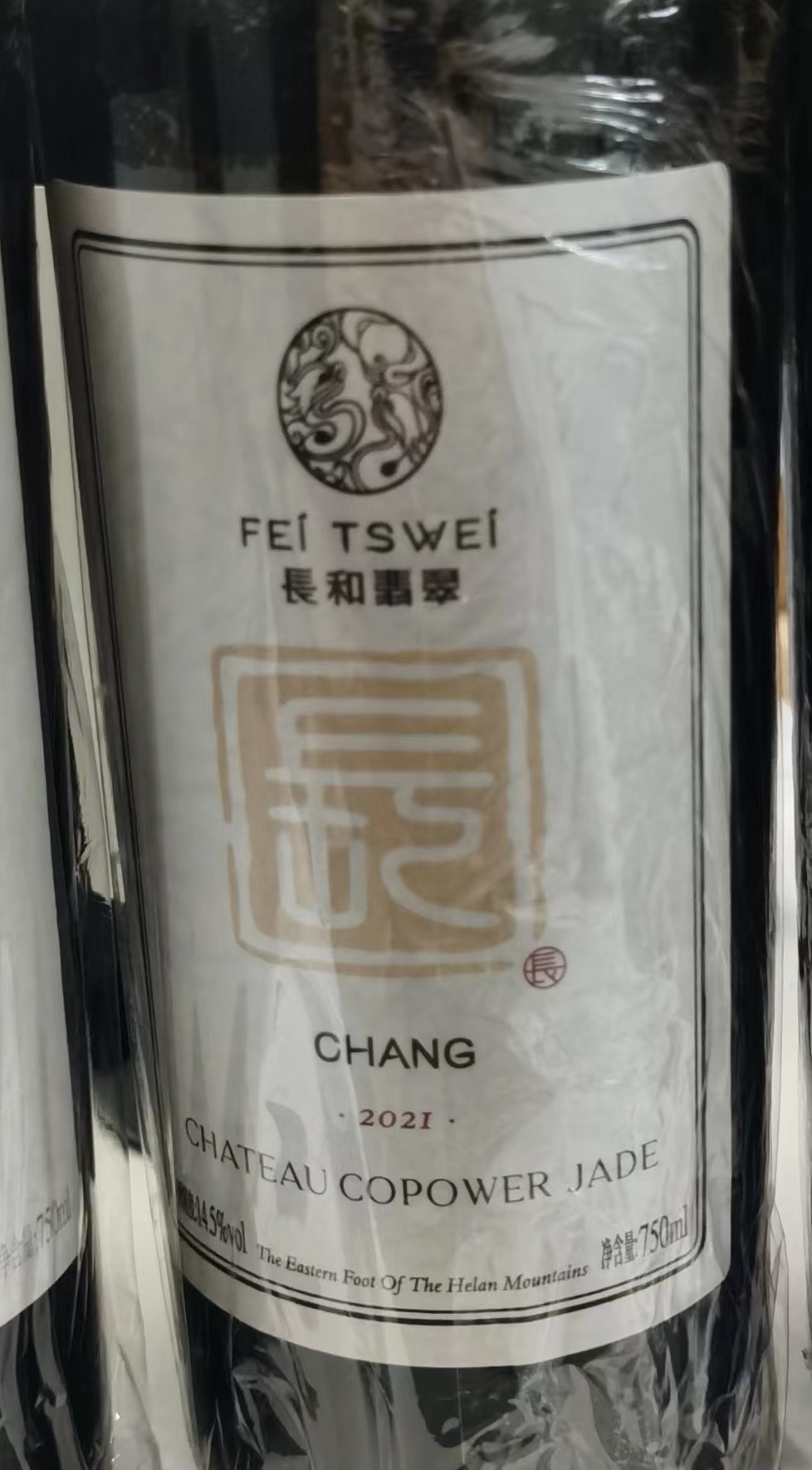
LanSai Winery 2021 Chardonnay SaiLongTeng Yinchuan Ningxia 92
Bright yellow. Rich pineapple citrus aromas, accompanied by hints of vanilla-flavoured popcorn in the mouth. Full-bodied and rounded, this is straightforward and approachable, and very easy to like. Drinking window: 2024-2028.
Martin Vineyard 2018 Reserva Petit Siraz Single Vineyard Huailai Hebei 92
Deep purplish red. Forward aromas of ripe blackberry, dark plum, forest floor, and hints of cocoa and leather. Then similar flavours, with youthfully chewy tannins and along aftertaste. Petite Syrah (Shiraz) is better-known as Durif in France (it apparently originated in the Rhone Valley as a crossing of Syrah and Peloursin, but is now grown mostly in California). Drinking window: 2024-2034.
Sheng ya Sheng lu International winery 2021 Sheng lu Vineyard Shunyi Beijing 92
Pale ruby red with a hint of pink. Fruity floral aromas such as roses, blueberries, plums, in addition to similar floral and fruity flavours in the mouth, plus a rising musky note and an increasingly obvious white pepper nuance. The relatively high acid mouthfeel is fresh and lifted. Finishes long with abundant but ripe tannins: combining that acidity and tannic framework, I think this wine will work very well with fatty dishes, such as poultry in cream sauces or spicy oily seafoods such as salmon. A 80% Bei Mei 20% Bei Hong blend; these two are Chinese hybrid grapes created back in the 1950s to live in parts of China that are climate-challenged (namely cold and humid). Importantly, these grapevines are very disease-resistant, and even better, so cold-resistant that they do not need to be buried in the winter, providing a great cost savings. Drinking window: 2024-2028.
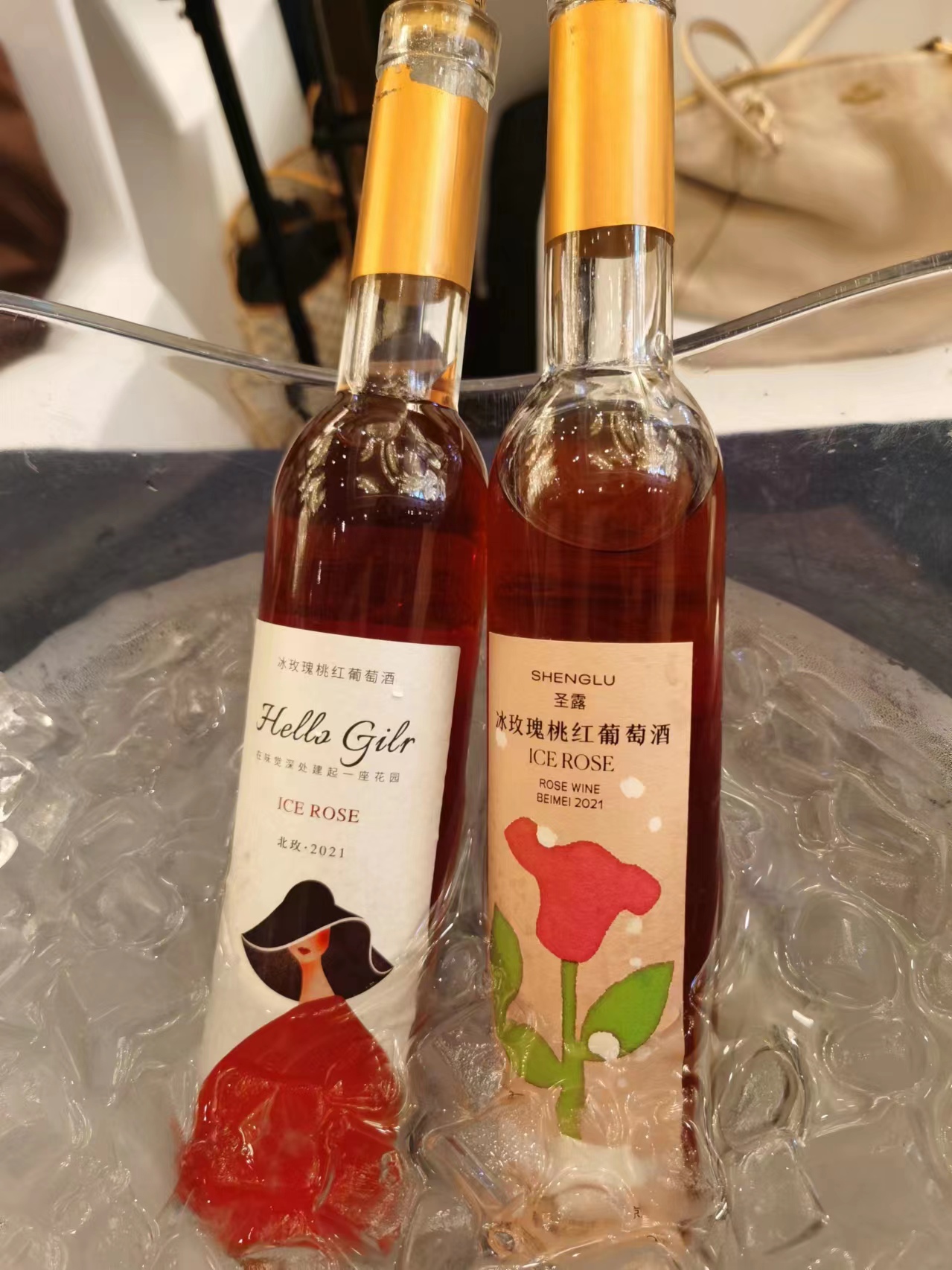
XIGE Estate 2022 Malbec N28 Qingtongxia Ningxia 91
Deep purple with a pale red rim. Expressive aromas of blue-black fruits (such as black cherry, blackcurrant, black date) plus spices and flowers. Boast medium acidity but a full-body in the mouth, with plenty of energy and smooth tannins nicely framing the berry and plum flavours. The pleasant and long aftertaste offers some notes of tobacco and cocoa. An entry-level offering, there’s a lot of wine for the money here. Drinking window:2024-2028.

 中文
中文



